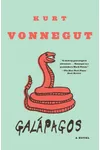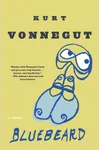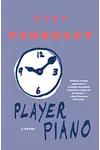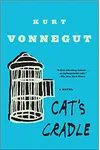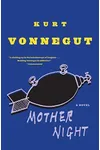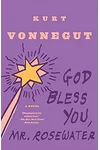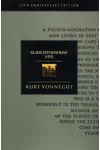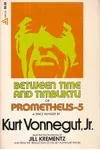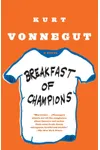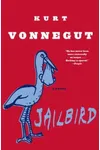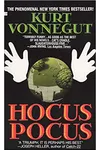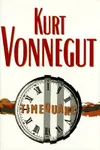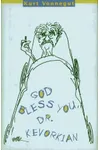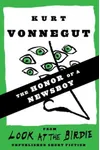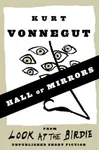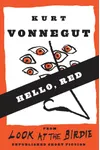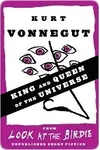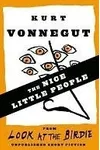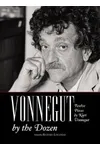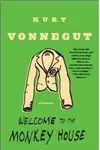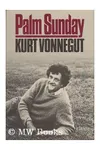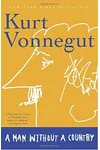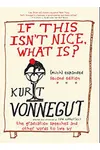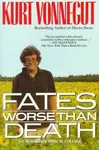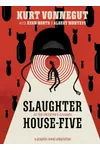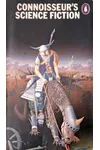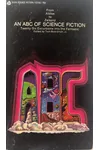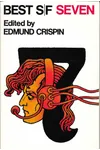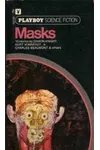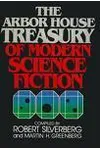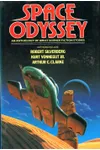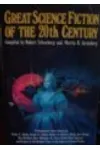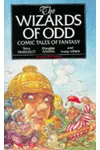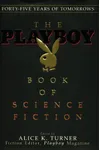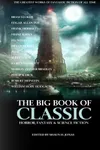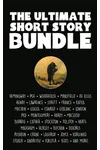Picture an American storyteller who spun tales of war, time travel, and human folly with a sly grin—meet Kurt Vonnegut! Born in 1922, this literary icon blended science fiction with sharp social commentary, crafting novels like Slaughterhouse-Five that still captivate readers. His wit and wisdom, shaped by his World War II experiences, made him a voice of the 20th century.
The Making of Kurt Vonnegut
Kurt Vonnegut Jr. was born in Indianapolis, Indiana, to a family hit hard by the Great Depression. After studying chemistry at Cornell University, he enlisted in the U.S. Army during World War II. Captured during the Battle of the Bulge, he survived the Dresden firebombing as a prisoner of war—an experience that haunted and defined his writing. Post-war, Vonnegut worked as a journalist and PR writer while honing his craft, publishing his first novel, Player Piano, in 1952.
Kurt Vonnegut’s Unforgettable Stories
Vonnegut’s novels are a wild ride through science fiction, satire, and philosophy. Slaughterhouse-Five (1969), his masterpiece, follows Billy Pilgrim, a man unstuck in time, weaving Vonnegut’s Dresden memories into a poignant anti-war narrative. Cat’s Cradle (1963) imagines a world undone by a fictional substance, ice-nine, poking fun at science and religion. Siren of Titan (1959) explores free will with cosmic absurdity, while Breakfast of Champions (1973) dismantles storytelling itself with doodles and digressions. His conversational style—short sentences, dark humor, and a touch of fatalism—makes his work feel like a chat with a wise, quirky friend.
Vonnegut’s themes dig deep: the absurdity of war, technology’s double-edged sword, and humanity’s knack for messing things up. He didn’t just write stories; he held a mirror to society, blending laughter with truth. His ability to make readers think while chuckling set him apart in American literature.
Why Kurt Vonnegut Matters
Vonnegut’s influence stretches far beyond his pages. His anti-war stance resonated during the Vietnam era, and his critiques of consumerism and technology feel eerily relevant today. Writers like Neil Gaiman and Margaret Atwood cite his boundary-pushing style as inspiration. Fans love his humanity—his stories don’t preach but invite reflection. Vonnegut’s work endures in classrooms, book clubs, and dog-eared paperbacks, proving his voice still speaks to dreamers and skeptics alike.
About Kurt Vonnegut
- Born: November 11, 1922, Indianapolis, Indiana
- Key Works: Slaughterhouse-Five, Cat’s Cradle, Breakfast of Champions
- Notable: Survived the Dresden firebombing, which inspired Slaughterhouse-Five
- Died: April 11, 2007
Ready to get lost in Vonnegut’s wild, witty world? Grab Slaughterhouse-Five and dive into his one-of-a-kind storytelling!
